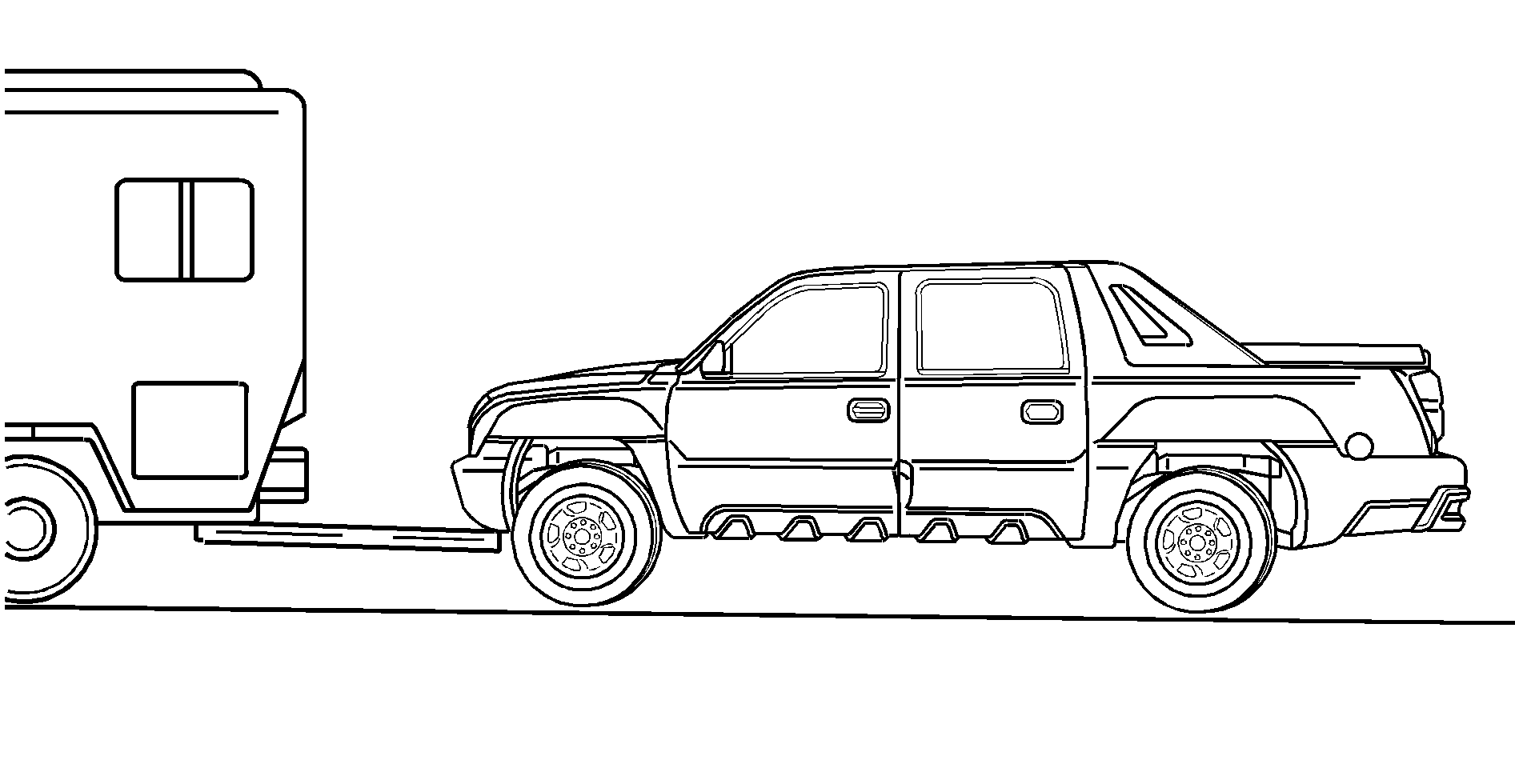Recreational vehicle towing means towing your vehicle behind another vehicle - such as behind a motorhome. The two most common types of recreational vehicle towing are known as "dinghy towing" (towing your vehicle with all four wheels on the ground) and "dolly towing" (towing your vehicle with two wheels on the ground and two wheels up on a device known as a "dolly").
With the proper preparation and equipment, many vehicles can be towed in these ways. See "Dinghy Towing" and "Dolly Towing," following.
Here are some important things to consider before you do recreational vehicle towing:
| • | What's the towing capacity of the towing vehicle? Be sure you read the tow vehicle manufacturer's recommendations. |
| • | How far will you tow? Some vehicles have restrictions on how far and how long they can tow. |
| • | Do you have the proper towing equipment? See your dealer or trailering professional for additional advice and equipment recommendations. |
| • | Is your vehicle ready to be towed? Just as you would prepare your vehicle for a long trip, you'll want to make sure your vehicle is prepared to be towed. See Before Leaving on a Long Trip . |
Dinghy Towing
Four-Wheel Drive Vehicles Only

Two-Wheel-Drive Vehicles
Two-wheel drive vehicles should not be towed with all four wheels on the ground. Two-wheel-drive transmissions have no provisions for internal lubrication while being towed.
Four-Wheel-Drive Vehicles
Use the following procedure to tow your vehicle:
- Shift the transmission to PARK (P).
- Turn the engine off, but leave the ignition on.
- Firmly set the parking brake.
- Securely attach the vehicle being towed to the tow vehicle.
- Shift the transfer case to NEUTRAL (N). See Four-Wheel Drive for the proper procedure to select the neutral position for your vehicle.
- Release the parking brake only after the vehicle being towed is firmly attached to the towing vehicle.
- Turn the ignition off and leave the steering column unlocked.
Caution: Shifting the transfer case to Neutral can cause the vehicle to roll even if the transmission is in P (Park). You or someone else could be seriously injured. Be sure to set the parking brake before placing the transfer case in Neutral. See Parking Brake.
Dolly Towing
Two-Wheel-Drive Vehicles
Two-wheel drive vehicles should not be towed with the rear wheels on the ground. Two-wheel-drive transmissions have no provisions for internal lubrication while being towed.
Two-wheel drive vehicles can be towed on a dolly with the front wheels on the ground provided that the wheels are straight and the steering column has been locked.
Four-Wheel-Drive Vehicles
Use the following procedure to tow your vehicle:
- Drive the vehicle up onto the tow dolly.
- Shift the transmission to PARK (P).
- Turn the engine off, but leave the ignition on.
- Firmly set the parking brake.
- Securely attach the vehicle being towed to the tow dolly.
- Shift the transfer case to NEUTRAL (N). See Four-Wheel Drive for the proper procedure to select the neutral position for your vehicle.
- Release the parking brake only after the vehicle being towed is firmly attached to the towing vehicle.
- Turn the ignition off and lock the steering column.
Caution: Shifting the transfer case to Neutral can cause the vehicle to roll even if the transmission is in P (Park). You or someone else could be seriously injured. Be sure to set the parking brake before placing the transfer case in Neutral. See Parking Brake.
